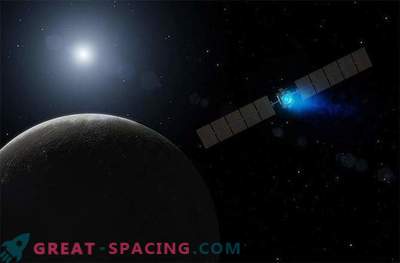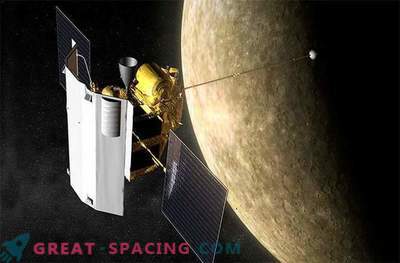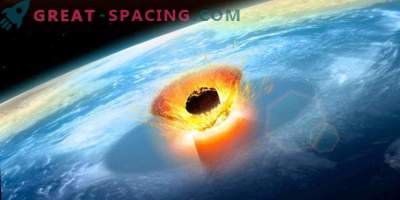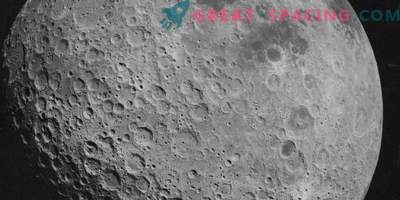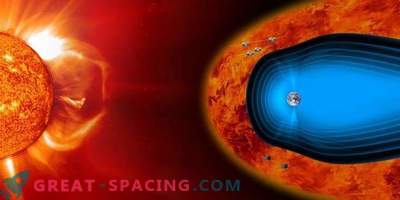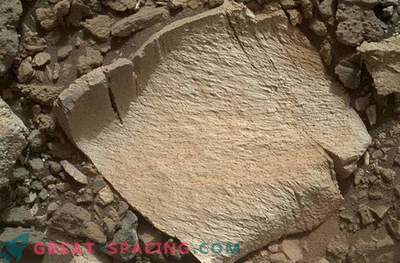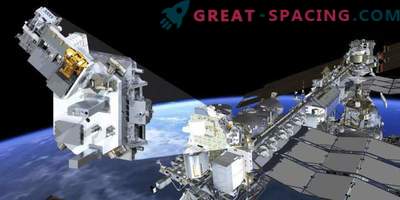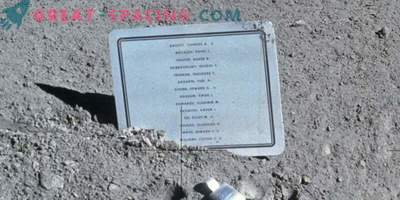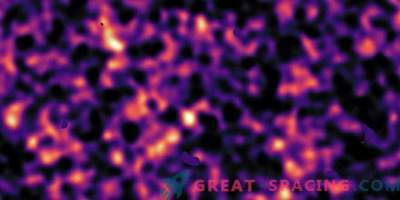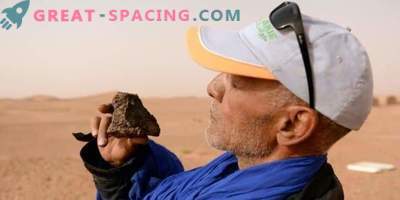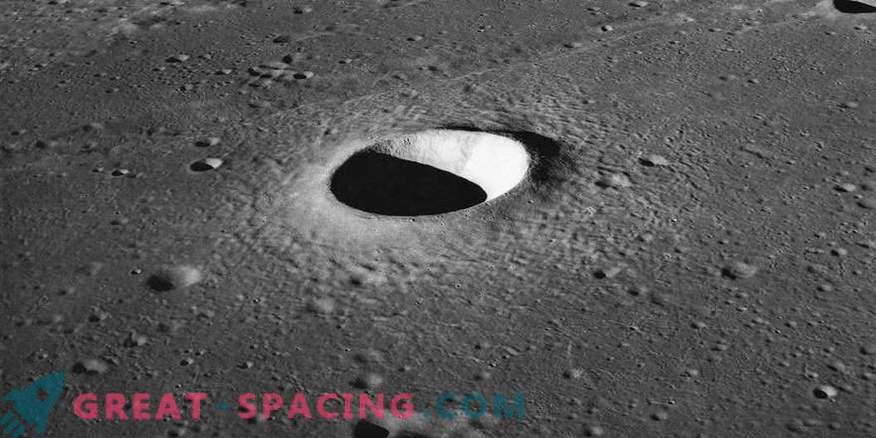
Crowdsourcing is the solution to most problems in the 21st century. We use the crowdsourcing method to find answers to our questions related to computers, enterprises and even science. The new study compares data on the size of craters on the Moon, received from thousands of volunteers with the data of experts, which once again proves the usefulness of crowdsourcing.
Civil science is the practice of ordinary people who help research. It has a long and interesting history, from the first people who all the time asked the question “why?”. Starting the natural philosophers of Newton's time and ending with avid amateur astronomers today. With the advent of new online tools, participation in civic science has become easier than ever.

Copernicus Crater (Copernicus)
CosmoQuest is a civic science website that cooperates with people to learn and practice science. It uses a web interface that allows anyone with Internet access to explore data from several NASA spacecraft in our solar system orbiting the moon, the asteroid West and Mercury. When people mark craters and surface features, they all want to know if they are doing a good job? Stuart Robbins provides data on the calculation of craters by CosmoQuest participants and eight experts with different levels of experience. Counting craters, it turns out, is in fact a subjective process, and experts estimate slightly different from each other when analyzing the same area. This gives an idea of the history of this science and demonstrates the level of uncertainty in such measurements.
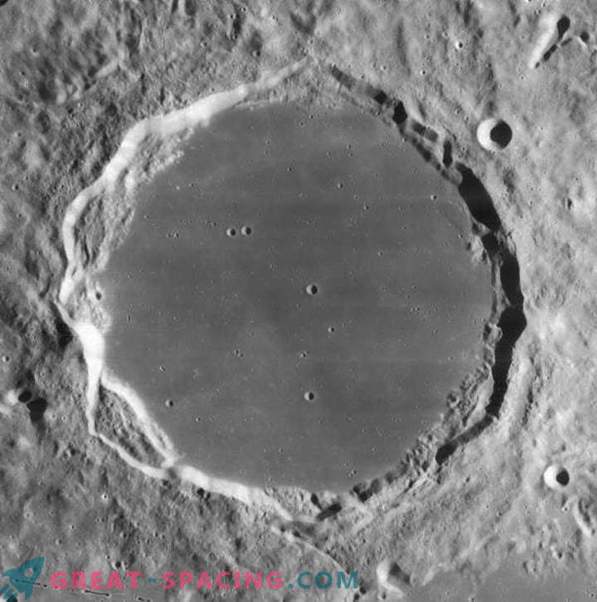
Plato's Crater (Plato)
After that, the results were combined with the results of civilians and compared with the average of the experts. It turned out that volunteers do it as well as the experts! However, crowdsourcing has a definite advantage. Many volunteers can work much faster than a few researchers.
Why is counting craters so important? The relative age of a planetary surface can be determined by counting craters, where, as a rule, an older surface has more craters per unit area than a younger one. The moon, unlike the Earth, has undergone very few geological changes in its history, so the traces of exposure from older events have been preserved.
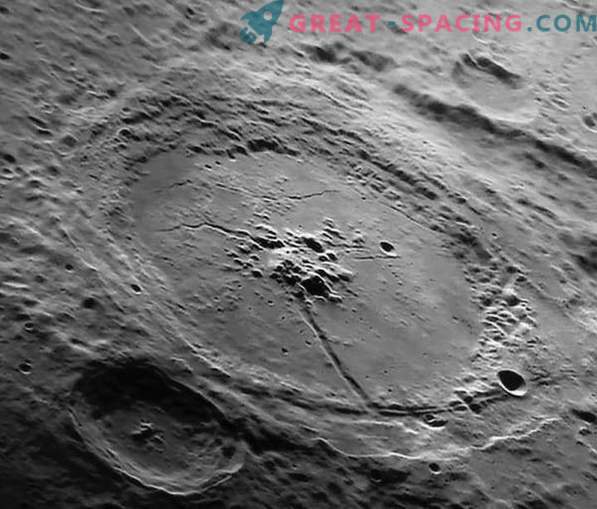
Crater Petavius (Petavius)
Although the Moon is so familiar to us, the Lunar Reconnaissance Orbiter or LRO gave us a deeper understanding than we ever had before. LRO images, analyzed by volunteers, I have high detail, so the calculation has high accuracy. For example, civilian scientists can identify a crater that is 35 feet (11 meters) in diameter.
According to experts, more than 500 million craters are on the surface of the moon. In addition, there is the asteroid Vesta and the planet Mercury. So, in fact, the crowdsourcing method has just begun its use in astronomy.

